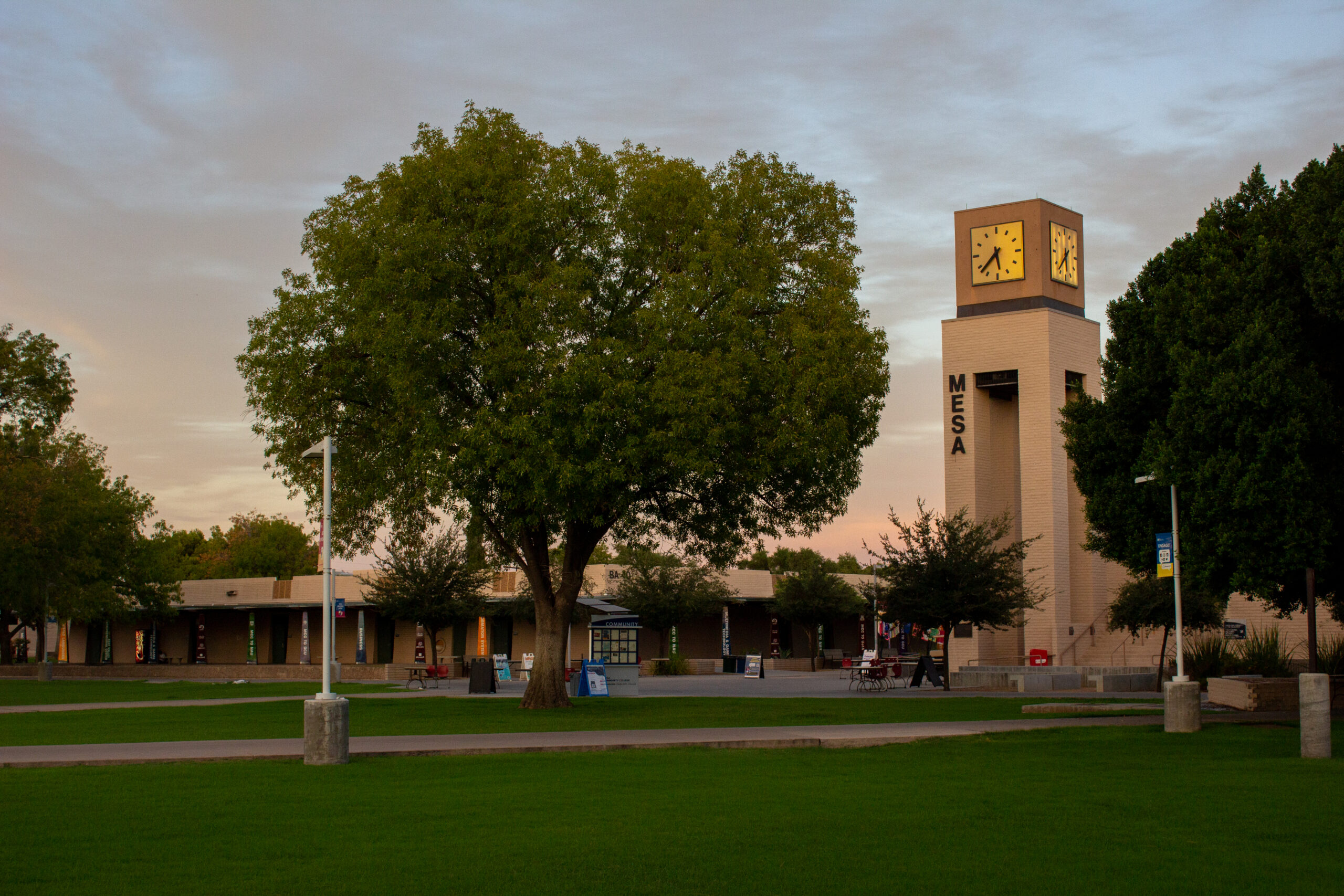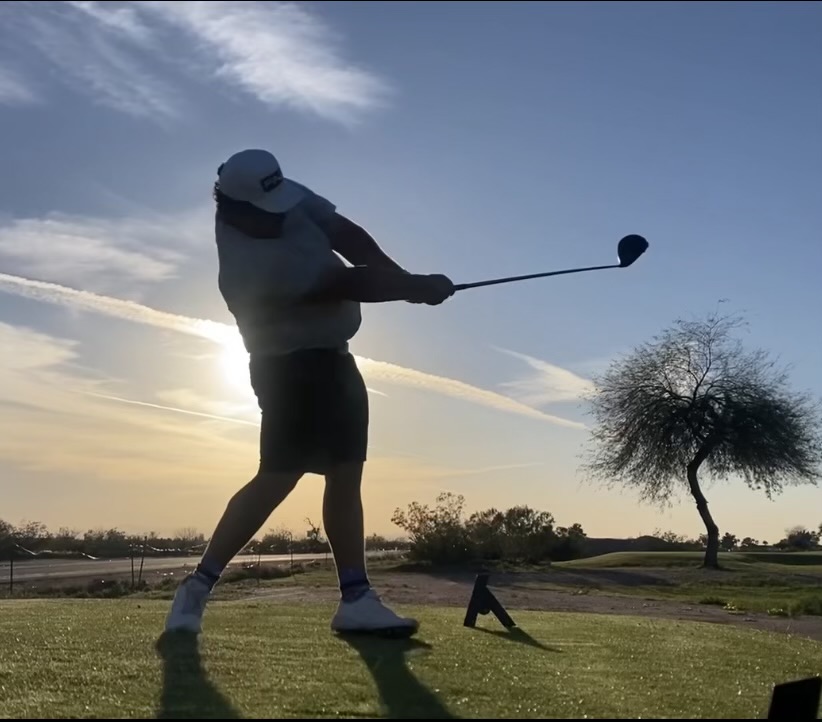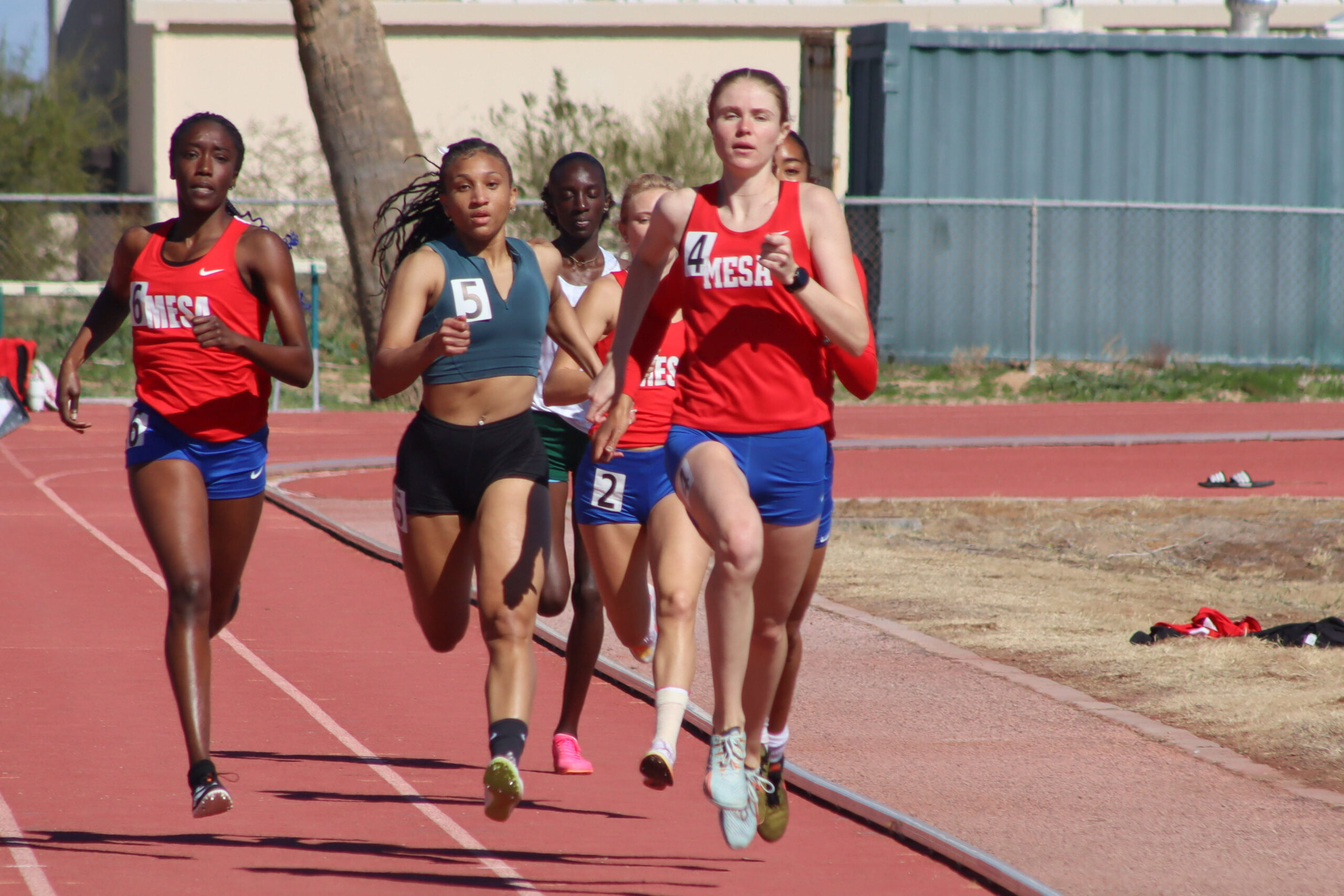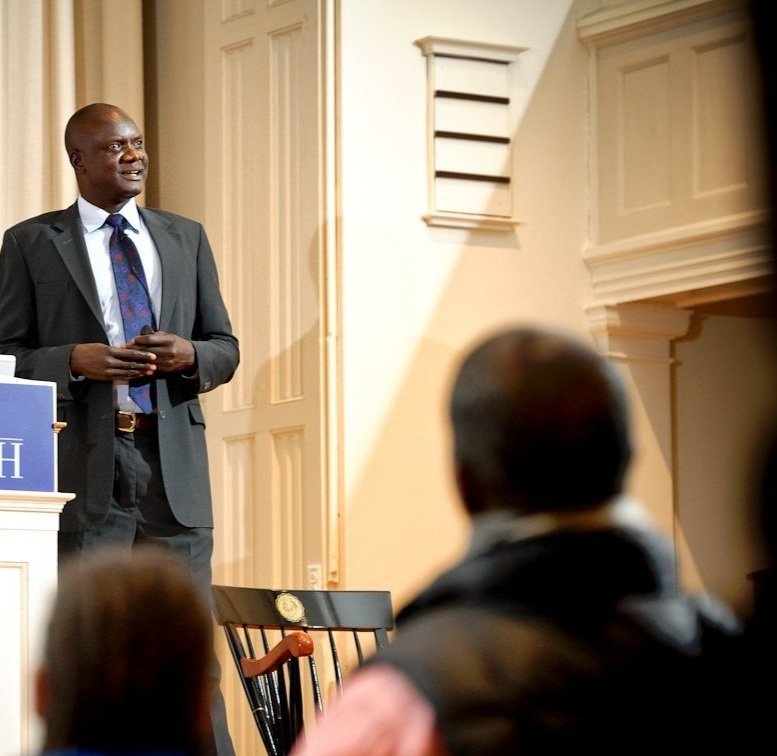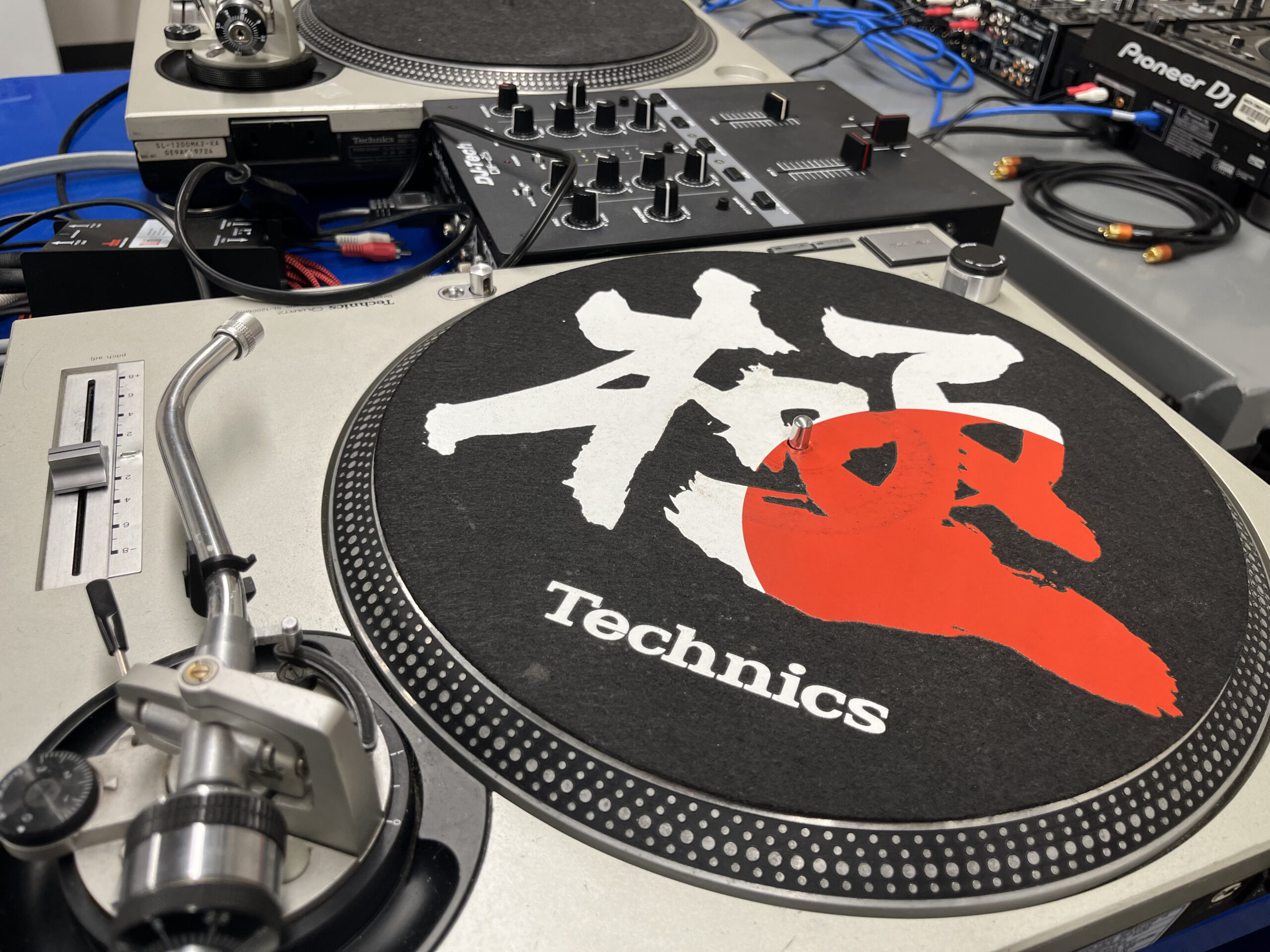Film, digital photography merge to form classes
Frank Berta
Since the invention of photography, there has always been an effort to improve the process.From its simple beginnings through all of its changes, from wet plates to dry plates to film, photography has for the most part consisted of two parts: a negative, the captured image on a piece of film, and a positive, the print we hung on walls or put in photo albums.
That is, until digital photography came along.
Now images are created and stored electronically.
A photo can be viewed an instant after it’s taken, and it isn’t necessary to make a print to show or share.
Images can be sent around the world in a matter of moments and viewed on a computer screen or other electronic devices.
The interest in conventional photography continues however, and is still the main focus of college fine art programs.
As digital photography reached a level of quality and afford ability in recent years, and digital began to take its own place in the world of fine art photography, there began to be a need to integrate the two.
“It’s no longer which is better, or best, but which one is more practical,” said MCC photography instructor Bob Galloway.
Galloway, who began his photography career in the 1970s, and has been teaching photography at MCC since 1984, sees the integration of the two as a very practical choice.
“We’re moving more digital, there’s no question about that and we’re just beginning to see students who have only known photography in its digital form,” Galloway said.
“We’re getting students who only own a digital camera and we’re trying to accommodate them. Most don’t own two types of cameras,” he added.
Galloway, who nowmostly shoots digital, found that the two integrate very well.
“It’s really the best of both worlds. We’re able to shoot digitally, make a negative in Photoshop, print a digital negative on a standard inkjet printer and then print that negative in an enlarger using conventional photographic paper and chemical,” he said.
Galloway also finds other positive aspects to the changes in the medium.
“There are more types of film on the market than there were 15 years ago. When the larger companies that controlled the market began to move away from film, it allowed many smaller companies to compete,” Galloway said.
He also sees the conventional photographic processes as having an important role in the educational process.
“There are still things that happen with film that are unique. And in terms of creativity, and learning, and the hand process, you might be better off with something that’s an archaic process, like oil painting, of watercolor. Technically, those things should have disappeared years ago, but they still have a real place in the artistic world, and what you can express with them.
